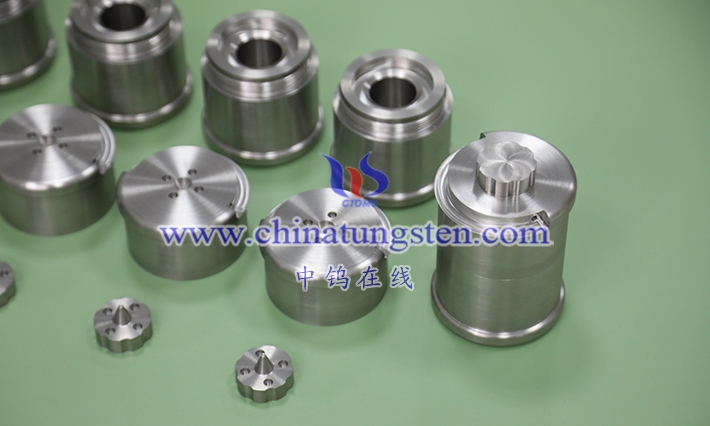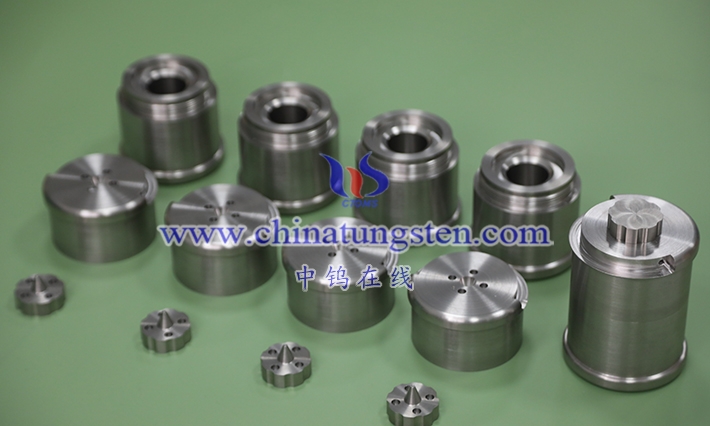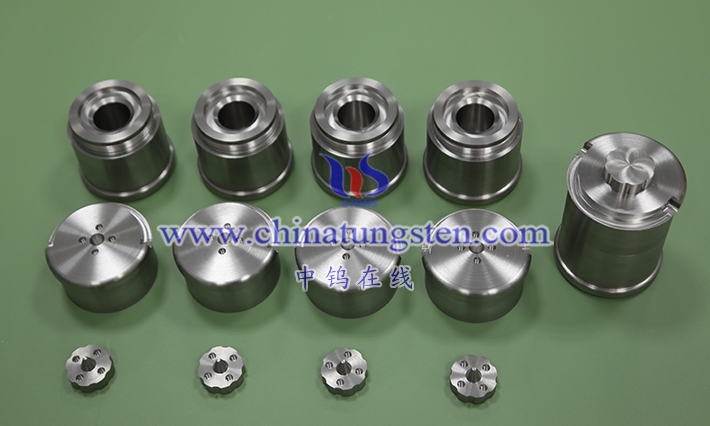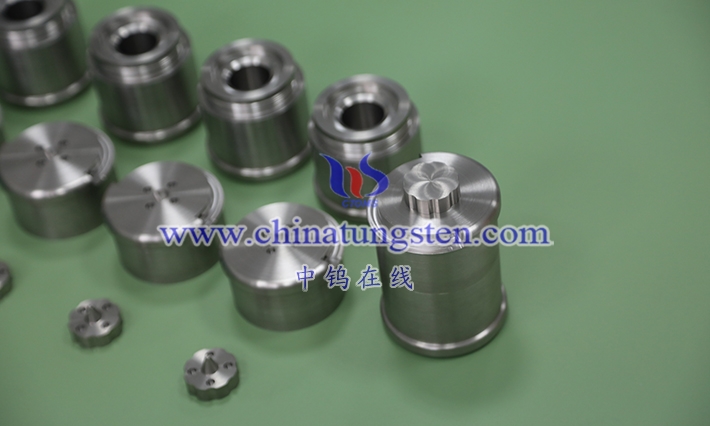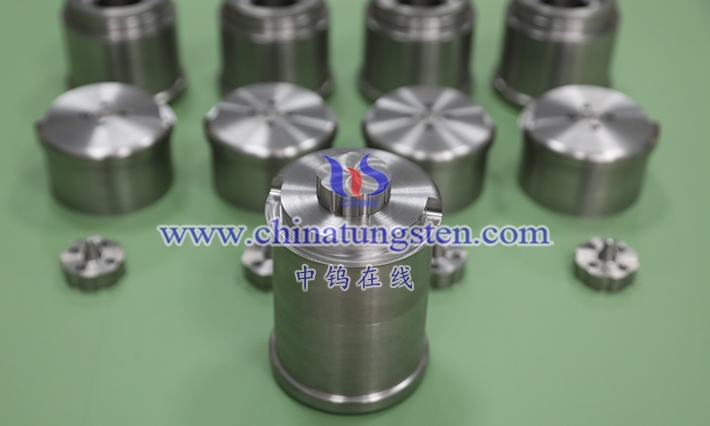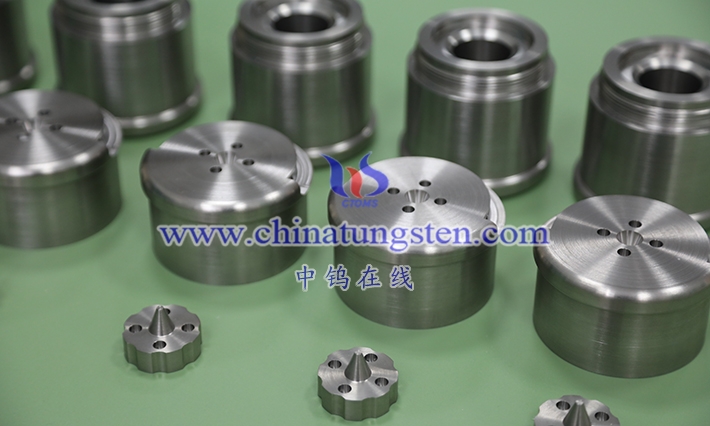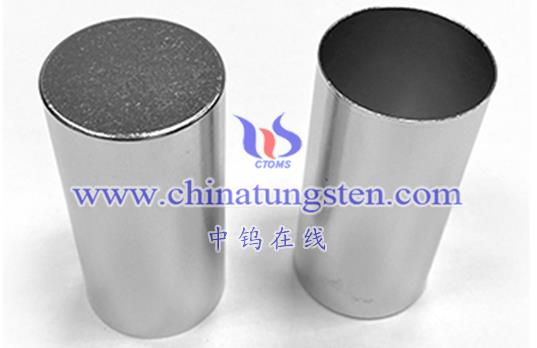

The performance of high-density alloys in seismic environments is a complex issue that requires comprehensive consideration of multiple factors.
First, earthquakes have high performance requirements for high-density alloys. Under seismic action, high-density alloys need to withstand high stresses and strains while also withstanding cyclic loads and vibrations caused by seismic waves. Therefore, high-density alloys need to have high strength, toughness and fatigue resistance to avoid brittle fracture or plastic deformation failure during earthquakes.
Secondly, the performance of high-density alloys in seismic environments is affected by many factors. For example, the material’s composition, microstructure, processing technology and environmental factors will all affect its performance. For example, carbides are a common strengthening phase in high-density alloys, which can increase the strength and hardness of the material, but may also lead to a decrease in the material’s toughness. In addition, the frequency, amplitude and duration of seismic waves will also affect the performance of high-density alloys.
In order to evaluate the performance of high-density alloys in seismic environments, seismic simulation tests and numerical simulation analyzes can be performed. Seismic simulation tests can test the mechanical properties and damage evolution of high-density alloys in different seismic environments by simulating the vibration and impact load of seismic waves. Numerical simulation analysis can simulate the dynamic response and damage evolution process of seismic waves to materials by establishing a mesostructure model of high-density alloys.
In addition, in actual engineering applications, factors such as high-density alloy processing technology, connection methods, support conditions, and anti-vibration measures also need to be considered. For example, in key structures such as bridges and high-rise buildings, reasonable connection methods and supporting conditions need to be adopted to improve the seismic performance of high-density alloy components.
In summary, the performance of high-density alloys in seismic environments is affected by many factors, and multiple factors need to be comprehensively considered for evaluation and application. In engineering applications, reasonable measures need to be taken to improve the seismic performance of high-density alloys and ensure their safety and reliability in seismic environments.
More details of tungsten alloy product, please visit website: http://tungsten-alloy.com/
Please contact CHINATUNGSTEN for inquiry and order of tungsten carbide:
Email: sales@chinatungsten.com
Tel.: 86 592 5129595
